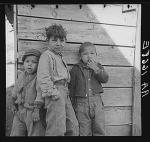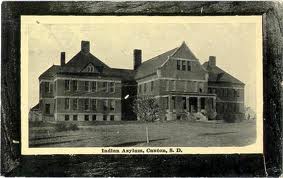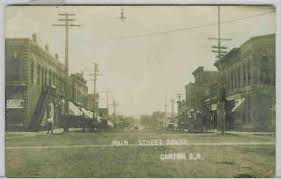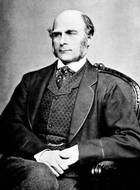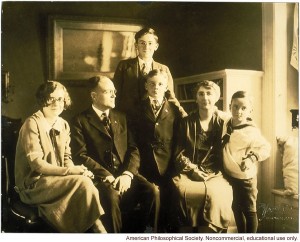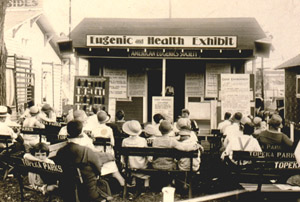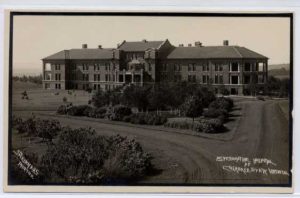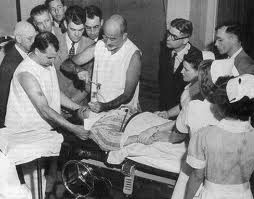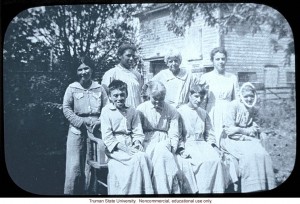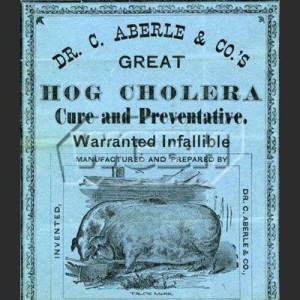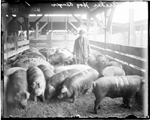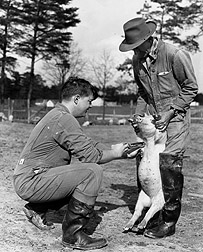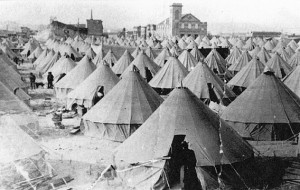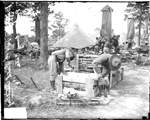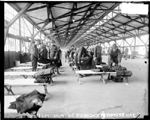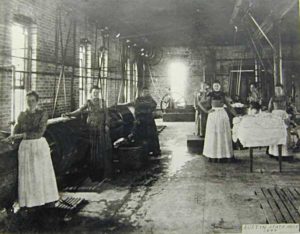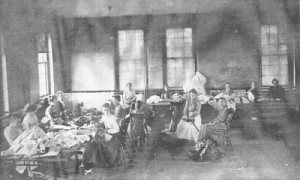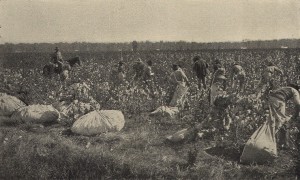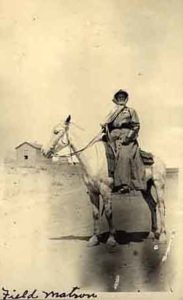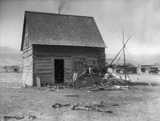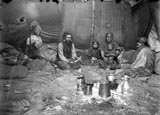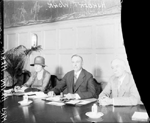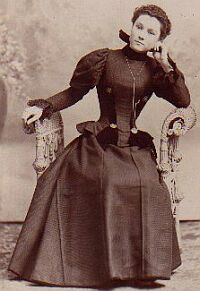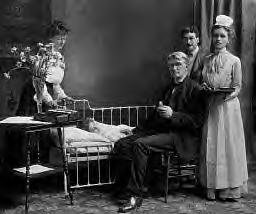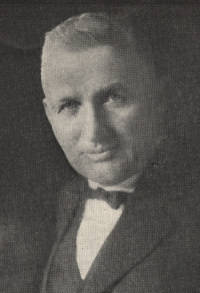
Holm. O. Bursum, courtesy Holm O. Bursum Papers, Center for Southwest Research, University Libraries, University of New Mexico
Native Americans faced significant challenges at the beginning of the 20th century. White men still wanted their land, and were willing to go to court to take it. In 1921, Secretary of the Interior, Albert Fall, asked New Mexico senator Holm O. Bursum, to draft a bill to settle a land dispute between Pueblos and whites who had been squatting on their land.
The Bursum Bill that the senator devised, allowed non-Indians to retain any land they had squatted on before 1902. It further gave the state court the right to settle any future land disputes. Since state courts were in the hands of whites who were generally adversarial to Indian rights, unscrupulous non-Indians would have promptly brought valuable land into dispute.
A group of artists and writers heard about the bill and alerted the Pueblos to it–they hadn’t even been notified that Congress was working on a land bill. Amid a lot of public attention drummed up by their supporters, Pueblos leaders testified before Congress on their own behalf. The bill was defeated.
________________________________________________________________________
